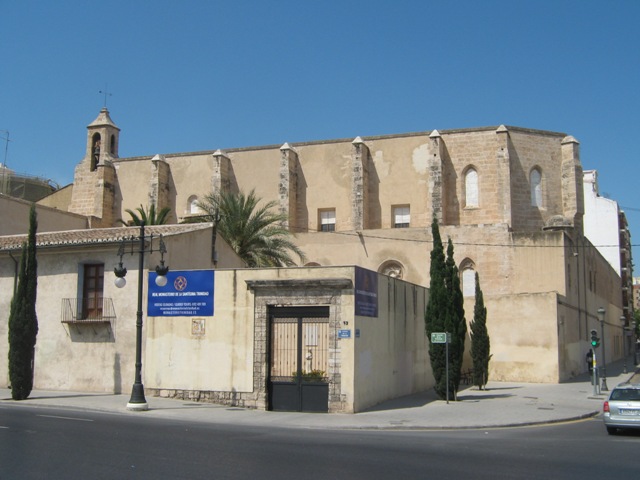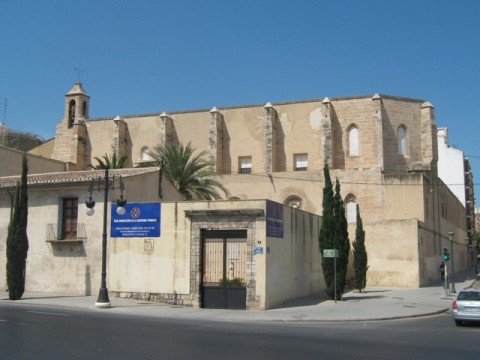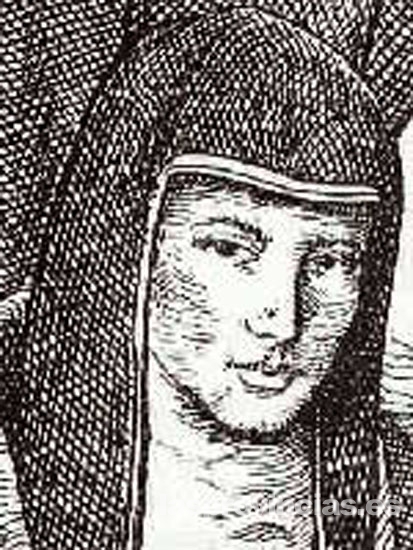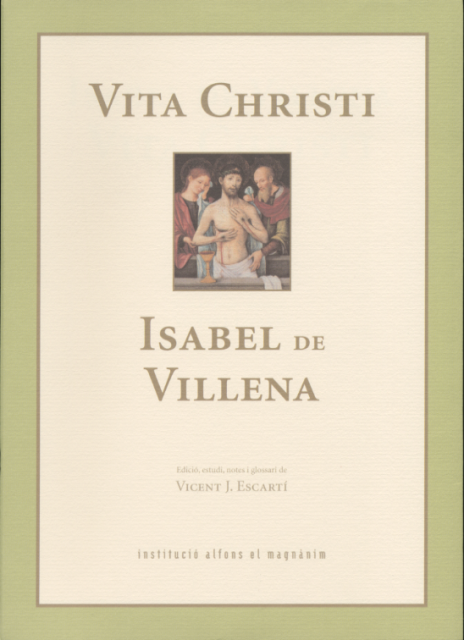Not many people like being called a bastard, and not many people have schools, streets and libraries named after them, and yet Isabel de Villena is, was and has all of these things in Valencia.
Born in 1430, she was the illegitimate child (or ‘love child’ if you prefer a more romantic approach) of Prince Henry of Aragon, whose father had been killed at the Battle of Aljubarrota in 1385, when Portugal and its ally England did a re-run of the Battle of Crecy, with English archers ahnillalating the French cavalry, allied with Castille.
Her full name was Elionor Manuel de Villena and illegitimacy seems to have been one of the family jewels as her father’s mother was, Juana de Castilla, the illegitimate daughter of Enrique II de Castilla y Elvira Íñiguez. It seems there weren’t enough legit nobles to go around in those days.
Isabel however must have decided that enough was enough, and she dedicated her life to religion and literature, becoming the Abbess of the Real monasterio de la Trinidad on the banks of the River Turia next to the Museum of Fine Arts, and the first woman to publish works in the Valencian or Catalan (or whatever you want to call it I just can’t be bothered) language.

At the time, being a woman wasn’t most people’s first choice, and Isabel tried hard to improve the image that women had. After all, Saint Paul himself is quoted in the Bible as saying: “Women should remain silent in the churches. They are not allowed to speak, but must be in submission, as the law says. If they want to inquire about something, they should ask their own husbands at home; for it is disgraceful for a woman to speak in the church.”A lovely idea but I don’t see much chance of it catching on.
Mind you, she didn’t exactly come from a deprived background, even though she came from a disfunctional family. She was looked after by the queen, Maria of Castile, from the age of 4, and lived in the court of Alfonso V of Aragon (the Magnanimous as he loved to hear himself called) until in 1445 she decided to become a nun in the Monastery of la Trinidad, being proclaimed abbess in 1463.
The Monastery has recently been opened to the public and her figure is one of the attractions of this enigmatic building on the banks of the old Turia River on the corner of Calle Alboraya.
Although she was a prolific writer, only one has been conserved for posterity, the Vita Cristi, published for the first time in Valencia in 1497.
A secondary school near Valencia’s Malvarrosa beach has been named after her.



